Charleston Currents #12.44 | Sept. 21, 2020
OUR HERO. In which our intrepid editor is caught on camera doing some actual hard work (pressure-washing stucco on a roof). Photo by Catherine Brack.
TODAY’S FOCUS: Interest in Slavery to Freedom Tour spikes at Magnolia
COMMENTARY, Brack: Parasite ad may backfire to help Graham
IN THE SPOTLIGHT: Morris Financial Concepts, Inc.
NEWS BRIEFS: How to spot a troll, thanks to Clemson
FEEDBACK: Send us your thoughts
MYSTERY PHOTO: Dog day afternoon
CALENDAR: Green auction is under way, live event is Saturday
NEW BOOK: New history book is now in local stores
Interest in Slavery to Freedom Tour spikes at Magnolia
By Herb Frazier, special to Charleston Currents | With rapid-fire questions, Georgia nurse Leonza Hudson wanted to know where the enslaved people at Magnolia Plantation and Gardens attended church and cook and were the children taught to read.
He and his wife, pediatrician Tamara New-Hudson, directed their questions to Joseph McGill as he led the couple and eight others through four former slave dwellings open daily during Magnolia’s Slavery to Freedom Tour.
The African-American couple, who lives in Decatur, Ga., said they were drawn to Charleston for its history. A Google search steered them specifically to Magnolia for a lesson on slavery. They said slavery was not taught in the all-white schools he attended in Michigan and at her school in Maine.
The time had come, they said, to visit a plantation to learn about slavery, a topic of discussion across the nation in the wake of recent police shootings of Black people that has sparked an awakening of racial injustices in America.
McGill said the Georgia couple is among an increasing number of Black people he has seen this spring and summer on Magnolia’s Slavery to Freedom Tour. He added that attendance is up among white visitors, too.
“As the one giving this tour, it makes me happy to see that after all that is going on in this country around police shootings and racial issues, people are more interested in the struggles of African Americans,” McGill said. Some Black people are thrilled the 45-minute tour is being offered. Others come with the expectation they’ll hear a sugar-coated version of slavery. For most of the time Magnolia has offered the tour, McGill said, it was the least attended. Now its popularity has grown.
Magnolia does not compile admission data based on demographic profiles of the guests. Martina Remington, Magnolia’s ticket kiosk manager, said she also has noticed a higher percentage of African-American visitors. She attributes the perceived increased to favorable word-of-mouth comments about the Slavery to Freedom Tour.
The upward trend of African-American visitors also has been noticed at the Slave Mart Museum on Chalmers Street, one of the few remaining cobblestone streets in Charleston. It is a trend museum operations manager Ista D. Clarke has seen for the past five years and even more so in recent months. The increase, he said, is the result of the political climate that’s spurred an interest in African American historic sites. The growing attendance includes multi-generational black families from around the country, he explained.
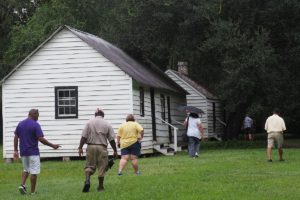 Just as Leonza Hudson and Tamara New-Hudson came to Magnolia with questions about slavery, the parents of young children also come seeking answers. Slavery is of specific importance to special education teacher Lisa Williams of West Ashley. Williams, who is white, has three bi-racial sons, ages 6, 7 and 9. She grew up in Philadelphia and met her husband, an African-American man from Charleston, when he enrolled at a university in Philadelphia, where the children were born. A recent trip to Magnolia was not her first time at the gardens. She and her family have visited before, but they’ve not taken the Slavery to Freedom Tour.
Just as Leonza Hudson and Tamara New-Hudson came to Magnolia with questions about slavery, the parents of young children also come seeking answers. Slavery is of specific importance to special education teacher Lisa Williams of West Ashley. Williams, who is white, has three bi-racial sons, ages 6, 7 and 9. She grew up in Philadelphia and met her husband, an African-American man from Charleston, when he enrolled at a university in Philadelphia, where the children were born. A recent trip to Magnolia was not her first time at the gardens. She and her family have visited before, but they’ve not taken the Slavery to Freedom Tour.
“We like coming to places like this because we like talking about the history of it,” she said, sitting with her boys on a bench at the entrance to the gardens. “It is a controversial place to come for some people, but for us it is real living history and history can’t be erased even at a time when the nation is pretty divided.”
Amari Williams, 9, said, he heard about slavery in school, but he gets more of that history from books. “I like history and learning about events that are important,” he boasted. His mother said she is concerned about raising three Black boys in this culture. Together they are reading, “Stamped: Racism, Antiracism, and You,” which examines the history of American racism. Williams added she allows her sons to ask questions about police shootings and the pandemic. As a concerned mother of three black boys, she said, “We don’t try to sugar-coat anything. We give them knowledge so they make their own educated opinion.”
That’s the direct approach French-born Ludivine Renaud and Russian-born Marina Fridmanovich also took with the four children they recently brought to Magnolia when one of them asked: “What’s a plantation?” Renaud said she told the children, ages, 2 to 10, “A plantation used to be a farm with Black slaves working free and it was not good. Later on the plantation owner had to free them and the plantation became a place with beautiful flowers and a petting zoo.”
Before each of them came to this country about 20 years ago, they weren’t that familiar with the Black struggle in America. Renaud, who holds a doctorate degree in molecular biology, said she is now becoming more familiar with the nation’s civil rights history. She also watches more films about Black life. She counters the argument that plantations ought to be destroyed with “there is a lot of Black family history at plantations that need to be preserved to learn the lessons from that history.”
As the children chased one another around Magnolia’s playground, Renaud said she is waiting for change in America so her five-year-old daughter, Roxana, who has Asian, African and French heritage, won’t be singled out because of her appearance. If not, she’s willing to leave her James Island home to raise her daughter in another country. “Maybe we won’t have to deal with it,” she said. “Maybe people will forget she’s a quarter black because she looks Asian.”
Fridmancovich, a Summerville Realtor, also wonders what life will be like in America for her 2-year-old daughter Zoey, whose father is from India. “We try to raise her to understand what is right or wrong and to be open-minded.”
A cultural awakening to the unique history and issues that impact Black people is spreading across the United States since the 2016 opening of the National Museum of African American History and Culture on the National Mall in Washington, D.C., Brenda Tindal said. She is the director of education and engagement at the International African American Museum in Charleston. It is due to open in early 2022.
Historically, museums have been regarded as “colonial spaces” where Black life has been interpreted through a Eurocentric lens. Museums are increasingly urged to diversify the narratives they convey to include more African American history and culture, she said. “That has not always been the case within the American educational and cultural mainstream,” she added.
“I am not surprised to see a rise in Black visitation to sites that capture Black history and culture,” she said. There is an appetite for historical context and understanding within this period of social and political unrest. “The more we tell our stories the more we create space for our stories to be part of the larger global narrative.”
Herb Frazier is a Charleston-based writer. He’s the former public relations director at Magnolia Plantation and Gardens.
Parasite ad may backfire to help Graham
By Andy Brack, editor and publisher | It’s gotten so bad in the caldron of American politics that you wonder whether people are itching to argue about the color of the sky.
“It’s blue,” one might say. “No,” says another. “It’s orange. I saw it on TV in Oregon.”
“You’re both wrong, it’s black.”
 In truth (real truth, not fake truth), all three are correct. On a glorious day in South Carolina, the sky is blue. On a wildfire day in the far West, the sky is pumpkin orange. At night, the sky is black.
In truth (real truth, not fake truth), all three are correct. On a glorious day in South Carolina, the sky is blue. On a wildfire day in the far West, the sky is pumpkin orange. At night, the sky is black.
Three different realities can be true at one time. Everything doesn’t always fit neatly into an either-or cubbyhole. People can walk, talk and chew gum at the same time. But in an America increasingly torn apart by leaders spewing caustic venom and peaceful protests gone awry, too many politicians want you to forget how many answers or positions in politics are varying shades of gray. They want you to think things are black or white.
With just six weeks left in a campaign season on acid, they’ll keep trying to manipulate you because you can either vote for or against someone. The tone of politics isn’t going to get better in South Carolina or anywhere else. Increasingly negative political ads will continue to air around the clock. Why? Unfortunately, because they work — and because voters fall for them without doing enough research.
The worst — the absolute worst — is a new ad that spews a comparison of GOP U.S. Sen. Lindsey Graham to a parasite. Buttressed by gross images of creepy-crawly bugs and decaying animals, this ad is shameful. Aired by the Lincoln Project, a group of traditional Republicans who desperately want Trump Republicans off of the national stage, the ad is nothing less than Republicans eating their young — or in this case, those who enable Trump. They want more of the old-time, country club GOP to return to focus on fiscal conservatism, a strong military and steady foreign policy instead of the directionless ranting of a president supported by lemmings who have forgotten how to think.
“Some animals are parasitic,” the ad says. “They drink the lifeblood of their host, infect whatever they touch and spread like a virus. They’re often right under our noses, camouflaged, convincing their hosts they’re not harmful at all.”
The graphic, disturbing ad is referring, of course, to how Graham built a maverick reputation in Congress, in part, by being an acolyte of the late Sen. John McCain, R-Ariz. During the 2016 GOP presidential primary season, Graham, one of several candidates running for the top office, loudly criticized Trump as a “race-baiting, xenophobic, religious bigot.” Then after McCain’s death, something happened as Trumpism ascended. Graham, perhaps worried that someone in the GOP in South Carolina would threaten his power, veered to Trump, eventually becoming one of his chief supporters in the Senate.
The Lincoln Project, fronted by some of McCain’s top aides, targeted Graham. But the group’s efforts seem more like a personal vendetta than a difference of political opinion. It may have gone too far.
Recent polling shows Graham tied at 48 percent with Democratic challenger Jaime Harrison, who has been impressive in raising tens of millions of dollars to counter Graham. Harrison has a real chance.
But it’s possible the nastiness of the Lincoln Project’s ad will backfire. Conservative South Carolinians like Trump. They’re not as enamored with Graham, but they’ll vote for him.
Hanging in the balance is the 4 percent of voters who haven’t decided. What has got to be keeping Graham and Harrison up at night is whether something like the Lincoln Project’s parasite ad is enough to turn people off so much that they cast a sympathy vote for Graham because people from out of state were mean to him. It could happen.
Just think about how you feel when somebody criticizes your favorite football or baseball team. Your natural reaction is to double-down and ramp up your support. For those on the fence, tough, gross criticism of Graham could cause voters to refuse to take the negative ad bait and push Graham over the finish line first in a squeaker.
Andy Brack is editor and publisher of Charleston Currents. Have a comment? Have a comment? Send to: editor@charlestoncurrents.com.
Morris Financial Concepts, Inc.
 The public spiritedness of our sponsors allows us to bring Charleston Currents to you at no cost to readers. Morris Financial Concepts, Inc., is a nationally recognized, fee-only financial consulting firm that helps you identify and align your resources, values and goals to achieve an enriched life.
The public spiritedness of our sponsors allows us to bring Charleston Currents to you at no cost to readers. Morris Financial Concepts, Inc., is a nationally recognized, fee-only financial consulting firm that helps you identify and align your resources, values and goals to achieve an enriched life.
We do not accept commissions or compensation related to the products and service we recommend. Our counsel is based solely on what we believe is best for each client.
- Learn about founder and Charleston Currents columnist Kyra Morris and more about the consultancy at: Morris Financial Concepts, Inc.
- To meet all of our underwriters, click here.
https://spotthetroll.org/start
How to spot a troll, thanks to Clemson
By Lindsay Street | Two Clemson University professors want to fight online misinformation by giving everyone a pop quiz. But don’t worry, it’s only eight questions.
 Darren Linvill and Patrick Warren have debuted this week “Spot the Troll,” an educational tool to guide users toward being better informed on social media while asking participants to divine the legitimate profiles from those linked to foreign governments.
Darren Linvill and Patrick Warren have debuted this week “Spot the Troll,” an educational tool to guide users toward being better informed on social media while asking participants to divine the legitimate profiles from those linked to foreign governments.
Spreading wrong or deliberately false information online often starts with fake accounts. A post is then shared by real people who feel the posts speak to their personal or political beliefs. Linvill and Warren have identified millions of such posts since the 2016 election where U.S. officials uncovered efforts by Russians to sow disinformation on social media.
Social media’s proliferation of disinformation has been listed as a top security concern for the 2020 election. This week, intelligence officials warned that Russian meddling has intensified.
If the thought of a pop quiz is giving you anxiety (hello, recurrent nightmare in the meritocracy), you’re not alone. Linvill told the Charleston City Paper he is hearing from participants who are “overthinking” or not going with their gut (although, he warned, sometimes your gut isn’t always right). And for those who just want to get it right? Relax — no GPAs to worry about.
“This quiz is about the journey, not the destination. I don’t care what your score is. I care that you went through it and thought about it,” Linvill said. “Our goal is to get people to consider who they’re engaging with, who they are retweeting and not do it lightly because their accounts are the tools of disinformation. Disinformation doesn’t spread without people spreading it.”
The quiz is part of Clemson’s new Media Forensics Hub, which seeks to engage and educate the public at large, to make it easier to spot disinformation.
So, how can you get a perfect score on the quiz?
“The main thing is to be wary. When something looks too good to be true, it probably is. And at the end of the day, strangers don’t always have your best interests at heart. There are signs one can look for that someone is a real human being,” Linvill said. “Trolls don’t have depth.”
In other words: Legitimate profiles tend to have personal posts and information scattered amid the political beliefs and post-sharing.
- Take the quiz at: spotthetroll.org.
In other recent news:
Huge ship visits deep port of Charleston
The biggest container ship to ever call the U.S. East Coast — the 15,072-TEU CMA CGM Brazil — sailed into Charleston Harbor on Sunday.
Port officials said the ship’s visit was significant because it showcased big-ship capabilities and global competitiveness of the port now possible due to recent harbor deepening. Larger ships carry more cargo, furthering supporting businesses and jobs throughout South Carolina and the Southeast.
“We congratulate CMA CGM [the ship’s owner] on this landmark record ship. We are excited by all it represents for SC Ports and South Carolina’s economy,” SC Ports President and CEO Jim Newsome said. “The CMA CGM Brazil’s visit to SC Ports points to our long-term strategy of investing in port infrastructure and deepening our harbor to accommodate the large vessels visiting the East Coast.”
The CMA CGM Brazil worked its way down the East Coast, saving the deepest port for last. Charleston’s deep harbor and wide channels can seamlessly handle the loaded vessel, making Charleston the last U.S. port of call before it heads overseas. The Charleston Harbor is currently being deepened to 52 feet, according to a press release.
Publix gives $125,000 to food bank to battle hunger
The Lowcountry Food Bank (LCFB) this month received a $125,000 donation from Publix Super Markets Charities to help feed Lowcountry neighbors who struggle with hunger. A socially-distanced Publix check presentation was held at the LCFB on September 3 to kick off Hunger Action Month, a time when people all across the country are taking action to fight hunger.
The overall food insecurity rate in the 10 coastal counties of South Carolina has increased by 58 percent since the COVID-19 pandemic began in March. The increase in food insecurity for children is even more devastating at 76 percent, resulting in a total of 75,000 children who do not have consistent access to the nutritious food they need to live healthy, active lives.
“Since April 2020, through its initiative to purchase surplus produce and milk from farmers and deliver it directly to food banks, Publix has donated more than 714,000 pounds of produce and 9,900 gallons of milk to the Lowcountry Food Bank,” said Pat Walker, LCFB President and CEO. “Publix practices an ongoing commitment to help alleviate hunger in all the communities they serve. We are grateful to Publix for consistently helping the Lowcountry Food Bank address the needs of the people we serve.”
Statehouse Report’s Lindsay Street is our special troll correspondent. Have a comment? Send to: editor@charlestoncurrents.com
Got something to say? Let us know by mail or email
We’d love to get your impact in one or more ways:
Send us a letter: We love hearing from readers. Comments are limited to 250 words or less. Please include your name and contact information. Send your letters to: editor@charlestoncurrents.com. | Read our feedback policy.
Tell us what you love about the Lowcountry. Send a short comment – 100 words to 150 words – that describes something you really enjoy about the Lowcountry. It can be big or small. It can be a place, a thing or something you see. It might be the bakery where you get a morning croissant or a business or government entity doing a good job. We’ll highlight your entry in a coming issue of Charleston Currents. We look forward to hearing from you.
Dog day afternoon
We hope this Lowcountry picture might be a little easier for folks to identify. What and where is it? Send to editor@charlestoncurrents.com. And don’t forget to include your name and the town in which you live.
Our previous Mystery Photo
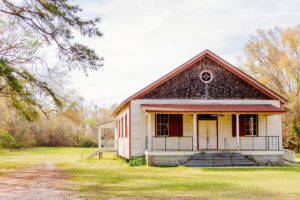 Our Sept. 14 photo, “Lonely building,” isn’t all that lonely. It’s Darrah Hall, one of several buildings at the historic Penn Center on St. Helena Island in Beaufort County. Mary Greene of Columbia, who identified the photo, reminded us that the Penn Center is “now part of the Reconstruction Park declared by President Obama before he left office.”
Our Sept. 14 photo, “Lonely building,” isn’t all that lonely. It’s Darrah Hall, one of several buildings at the historic Penn Center on St. Helena Island in Beaufort County. Mary Greene of Columbia, who identified the photo, reminded us that the Penn Center is “now part of the Reconstruction Park declared by President Obama before he left office.”
Only a few others correctly identified the photo: Marnie Huger of Richmond, Va., Donald Skaggs of Charleston; George Graf of Palmyra, Va.; and Allan Peel of San Antonio, Texas.
Graf added: “At the outbreak of the American Civil War in 1861, Union Army forces quickly captured Saint Helena Island, prompting the local plantation owners to flee. The military administration of the island partitioned the old plantations, giving the land to the former slaves who lived there. The Penn School was established in 1862 by Laura Matilda Towne, an abolitionist missionary from Pittsburgh, Pa., as a school for the freed slaves, which was named for William Penn, Quaker champion for human liberty and founder of Pennsylvania.”
Peel shared, “Today’s mystery photo in the Charleston Currents is of the Darrah Hall, the oldest surviving building at the Reconstruction Era National Historical Park, on St. Helena Island, S.C. The building is part of the Penn Center, a cultural and educational center that evolved from the Penn School, one of the first southern schools founded by Quaker and Unitarian missionaries from Pennsylvania. It was the first school founded in the Southern United States specifically for the purpose of educating formerly enslaved African-Americans during the Reconstruction Era (1861-1900). The Penn Center Campus was designated a National Historic Landmark District in 1974. Interestingly, the Penn Center was not listed on the National Landmark of Historic Places for its architecture, but rather for its contributions to black history and social justice.”
- Send us a mystery: If you have a photo that you believe will stump readers, send it along (but make sure to tell us what it is because it may stump us too!) Send it along to editor@charlestoncurrents.com.
Green auction is under way, live event is Saturday
The 11th Annual Wild Side, a yearly event to benefit the South Carolina Environmental Law Project, will be held Sept. 26 under oak trees at the Kaminski House in Georgetown, but an online auction is now open.
 Register now to bid on dozens of unique gifts and priceless experiences. you could win vacation rentals, scenic getaways, gorgeous art and goods, entertainment packages and many more special items. You can bid up to 8:30 p.m. on Sept. 26.
Register now to bid on dozens of unique gifts and priceless experiences. you could win vacation rentals, scenic getaways, gorgeous art and goods, entertainment packages and many more special items. You can bid up to 8:30 p.m. on Sept. 26.
You can also participate in person in a socially-distanced event. The event is entirely outdoors and will follow current public health guidelines, including wearing masks. Few tables remain.
Not comfortable joining us in person? Tune in to a free livestream! You’ll see highlights of the program, including remarks from cartoonist Robert Ariail and SCELP Executive Director Amy Armstrong as well as a rollicking set by the talented one-man blues band Ben Prestage as well as other special announcements. Everything kicks off at 7 p.m.! Learn more.
Also on the Calendar:
![]() Lowcountry Listens: 6 p.m. Wednesdays through Sept. 30, online. The Gaillard Center offers a third round of free music performances with the continuation of Lowcountry Listens. Next up: Sideshow Americans on Sept. 23. Sideshow Americans is a four-piece Americana Rock ’n Roll band from Johns Island. After performing together live throughout 2015, Sideshow Americans recorded and released a house-show video for the song “Brokenhearted.”
Lowcountry Listens: 6 p.m. Wednesdays through Sept. 30, online. The Gaillard Center offers a third round of free music performances with the continuation of Lowcountry Listens. Next up: Sideshow Americans on Sept. 23. Sideshow Americans is a four-piece Americana Rock ’n Roll band from Johns Island. After performing together live throughout 2015, Sideshow Americans recorded and released a house-show video for the song “Brokenhearted.”
- Final show: Charlton Singleton and Contemporary Flow | Sept. 30
Safe Sounds concerts are back: Saturdays through Oct. 31, Firefly Distillery, North Charleston. The distillery’s socially-distanced concerts are back with its fall Safe Sounds series. This week on Sept. 26: The Dave Matthews Tribute Band. There also will be a special performance on Oct. 2 from the Grammy Award-winning Del McCoury Band. Tickets can be purchased in advance at citypapertickets.com.
“Connections” on display: Through Oct. 24, Redux Contemporary Art Center, Charleston. The exhibition of works by Gret Macintosh features looks at physical connections between places, such as waterways, roads, and bridges that the artist has experienced over the last 15 years of living in the Charleston area. The exhibition is open 11 a.m. to 4 p.m., Mondays and Wednesdays; 11 a.m. to 3 p.m. Fridays; and by appointment. More.
From Etchings to Pastels: Through Nov. 29, Lowcountry Image Gallery, The Charleston Museum. The museum has partnered with the Pastel Society of South Carolina to present new interpretations of etchings stemming from the Charleston Renaissance Movement about 100 years ago. Learn more.
Online offerings:
- Gibbes Museum. You can enjoy lots of local art offerings through the website and social media accounts of the Gibbes Museum. At 10 a.m. on weekdays, the museum posts virtual readings and workshops on Facebook. Find more online.
- Avian Conservation Center. Access videos and live streaming presentations online to learn about what’s going on at the Center for Birds of Prey.
- Around the world. You can visit 500 museums across the world online through this Google amalgamation of sites.
If you have any online events, drop us a line (editor@charlestoncurrents.com) and make sure to put “Online event” in the subject line. Similarly, if you’ve got cool ideas for stuff to do while in isolation at home, send them our way.
New history book is now in local stores
Check out Buxton Books, Blue Bicycle Books, Mr. K’s, the Charleston Convention and Visitors’ Bureau, Charleston Animal Society and Captain’s Comics for copies of a new book of historical facts about Charleston, aptly titled 350 Facts About Charleston, will be in Lowcountry-area bookstores this week, but you can order a copy today. More locations coming.
- SCHEDULING NOTE: Lead author Andy Brack will hold a virtual book discussion 6 p.m. Wednesday via Zoom. Contact Buxton Books for more information.
 The staff at our sister publication, the Charleston City Paper, pulled together fun and arcane information about the Holy City to illuminate its deep, rich history from its founding in 1670 until this year. (That’s, umm, 350 years!)
The staff at our sister publication, the Charleston City Paper, pulled together fun and arcane information about the Holy City to illuminate its deep, rich history from its founding in 1670 until this year. (That’s, umm, 350 years!)
Charleston historian and tour guide Damon Fordham got a copy of the book and remarked, “very informative and worth the read.” Charleston disc jockey Richard Todd (105.5 The Bridge) told listeners he thought the book was great and will be popular.
Included in the 224-page book are details on early settlers, the wars (Revolutionary and Civil) and the struggle for civil rights by descendants of enslaved Africans. You’ll learn about food (Charlestonians have loved to drink wine for centuries), books, people, music, culture and much more.
Bonus: Talented South Carolina cartoonist Robert Ariail offers 12 illustrations that should make a great calendar someday.
- Preview the book by visiting CharlestonFacts.com.
As more people stay home to deal with the coronavirus crisis, people are looking for things to do. You can find some fun things to do online in our calendar section below, but let us also encourage you to FORWARD your issue of Charleston Currents to your friends and encourage them to subscribe. It’s got a great price, as you know: Free! We hope they’ll enjoy our coverage.
- DONATE. Now also would be a great time to contribute as we deal with the crisis. In advance, thank you.
OUR UNDERWRITERS
Charleston Currents is an underwriter-supported weekly online journal of good news about the Charleston area and Lowcountry of South Carolina.
- Meet our underwriters
- To learn more about how your organization or business can benefit, click here to contact us. Or give us a holler on the phone at: 843.670.3996.
OUR TEAM
Charleston Currents offers insightful community comment and good news on events each week. It cuts through the information clutter to offer the best of what’s happening locally.
- Mailing address: 1316 Rutledge Avenue | Charleston, SC 29403
- Phone: 843.670.3996
Charleston Currents is provided to you weekly by:
- Editor and publisher: Andy Brack, 843.670.3996
- Contributing editor, common good, Fred Palm
- Contributing editor, money: Kyra Morris
- Contributing editor, Palmetto Poem: Marjory Wentworth
- Contributing editor, real estate: Digit Matheny
- Contributing photographer: Rob Byko
- Charleston Currents also uses content from the outstanding staff at the Charleston City Paper, a sister publication.
SUBSCRIBE FOR FREE
Subscriptions to Charleston Currents are free.
- Click here to subscribe.
- Unsubscribe. We don’t want to lose you as a reader of Charleston Currents, but if you must unsubscribe, you will have to do it through the email edition you receive. Just go to the bottom of any of your weekly newsletters and click the “unsubscribe” function. If that doesn’t work, please send us an email with the word “unsubscribe” in the subject line.
- © 2008-2020, City Paper Publishing, LLC. All rights reserved. Charleston Currents is published every Monday by City Paper Publishing LLC, 1316 Rutledge Ave., Charleston, SC 29403.


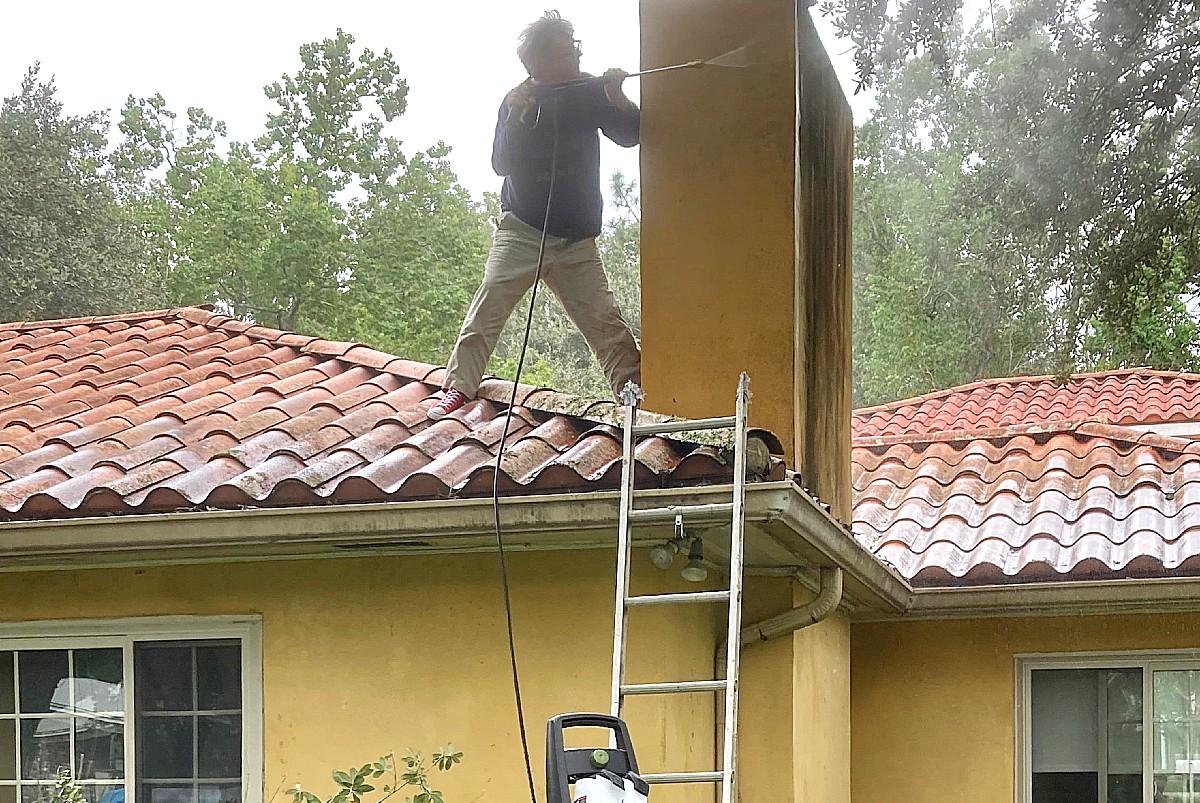
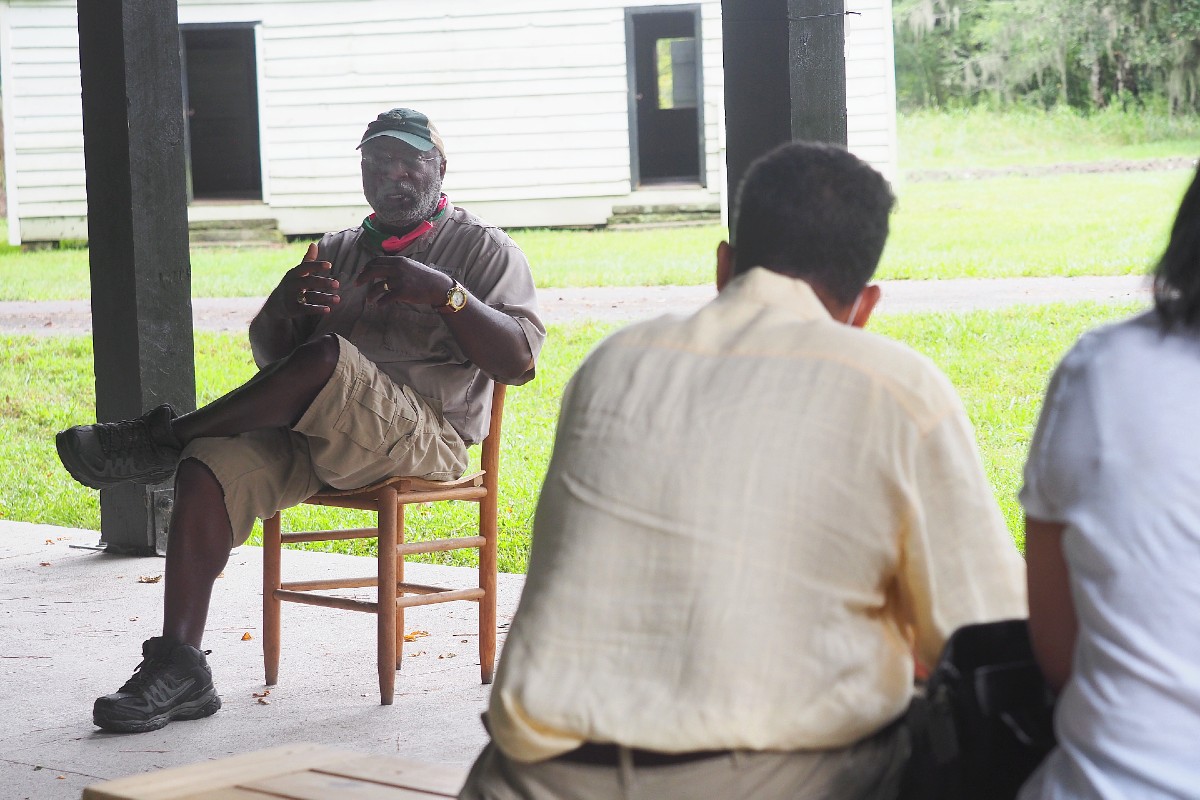



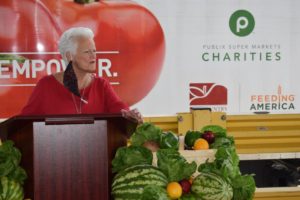
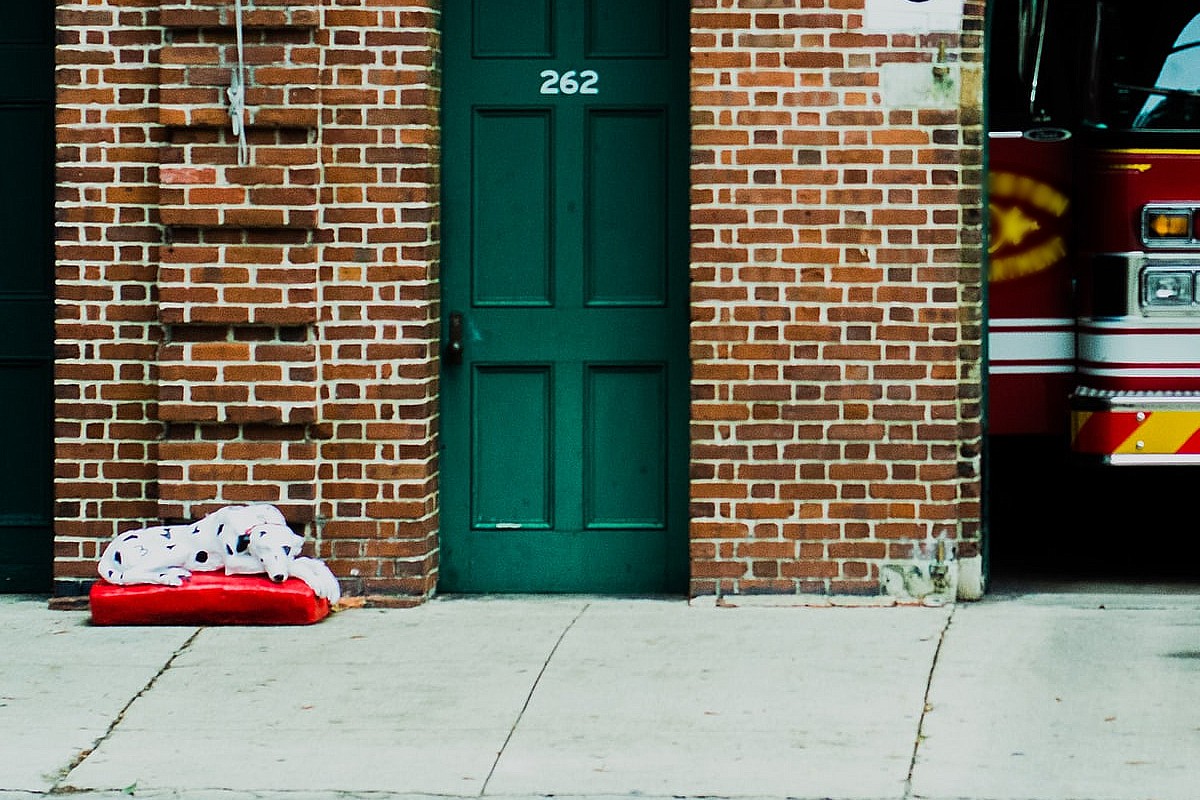
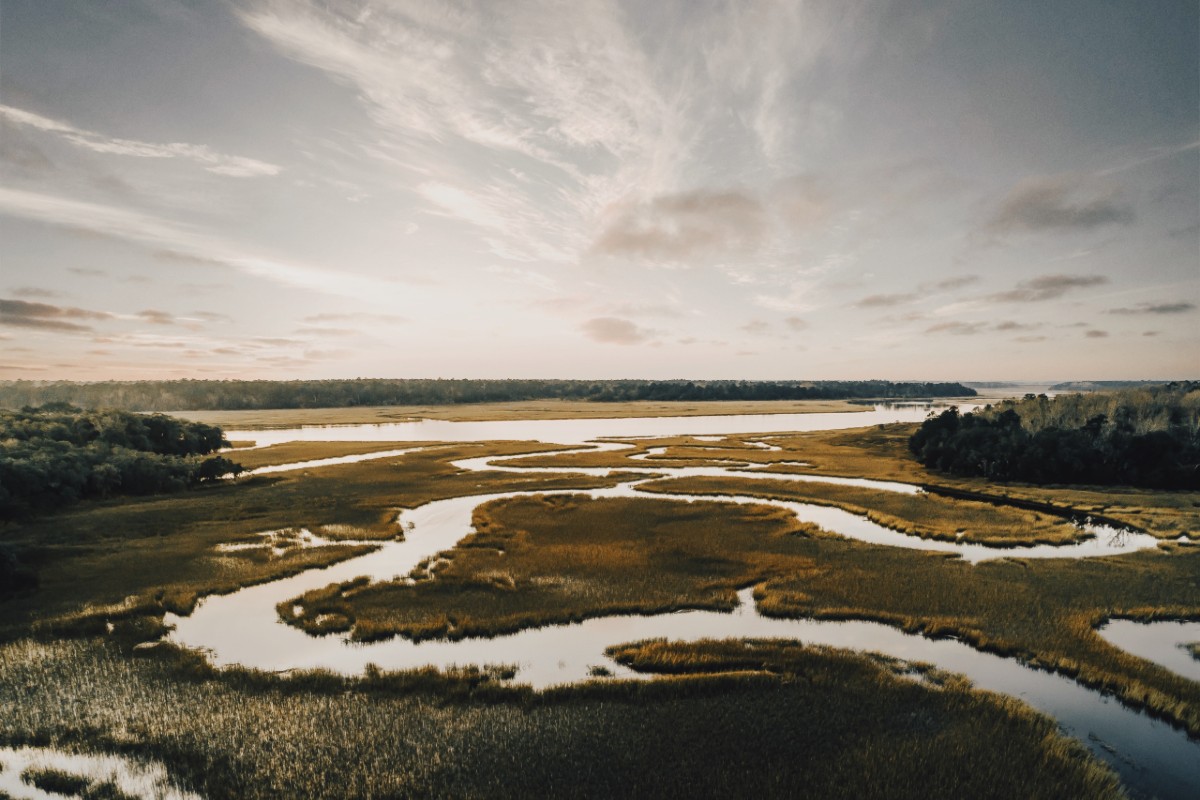

 We Can Do Better, South Carolina!
We Can Do Better, South Carolina!

























Pingback: NEW for 9/21: Magnolia tour spikes; Parasite ad; Trolls; Big ship - Charleston Currents | Philanthropy Media Network